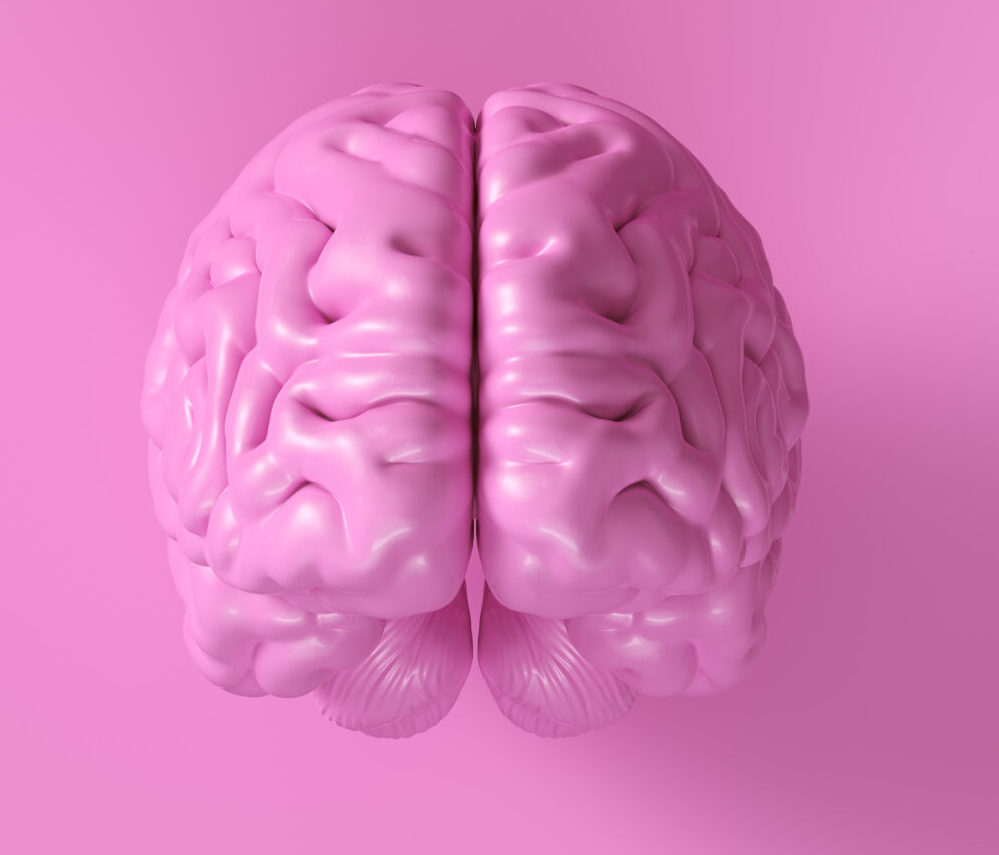**The Most Powerful Memory Care Activities—Explained**
Caring for someone with dementia means finding activities that spark joy, connection, and mental engagement. Here’s a breakdown of the most effective activities, why they work, and how to use them.
—
### **1. Musical Bingo: Sound Meets Memory**
Instead of numbers, players match sounds (like instruments or songs) to images on their cards. This taps into **auditory memory**, which often stays strong even as dementia progresses[1]. It’s social, fun, and can trigger happy memories tied to music.
—
### **2. Book Clubs with a Twist**
Reading aloud in a group lets everyone participate at their own pace—some discuss the story; others simply enjoy listening[1]. For deeper engagement, try **memory-focused book sessions**: share old favorites or books tied to personal histories (e.g., wartime stories for veterans).
—
### **3. Jigsaw Puzzles Designed for Dementia**
Puzzles like “Puppy Playtime” use bright colors and simple shapes to avoid frustration[1]. Working together on a puzzle encourages teamwork and provides a sense of accomplishment without feeling overwhelming[5].
—
### **4. Montessori-Inspired Tasks**
Activities like sorting socks by color or setting the table give purpose and independence[2]. These mimic everyday tasks they’ve done for years, helping them feel capable and grounded in routine[2][4].
—
### **5. Sensory Boxes & Rummage Kits**
Fill boxes with textured fabrics (silk scarves), old keys, or photo albums. Touching familiar objects can unlock memories and calm anxiety through tactile stimulation[2][5]. Add scents like lavender or fresh-cut grass for extra sensory input[2].
—
### **6. Gardening & Light Exercise**
Planting flowers or watering herbs connects people with nature while improving motor skills[4][5]. Even short walks outside boost mood and reduce restlessness common in early-stage dementia[4][2].
—
### **7. Reminiscence Therapy Through Photos & Music**
Flip through old family photos while playing their favorite songs from youth—this dual approach activates both visual and auditory memory pathways[4][5] (“Music & Memories” photo frames combine these elements perfectly)[5].
—
### Why These Work: The Science Simplified
– **Familiarity**: Activities tied to past hobbies/skills feel safe yet stimulating (e.g., baking cookies if they loved cooking)[4][2]
– **Social Interaction**: Group settings reduce isolation while encouraging communication without pressure (“listening in” counts!)[1]
– **Small Wins**: Tasks like folding laundry provide achievable goals that build confidence daily rather than focusing on decline [2][5]
For caregivers: Start small—even 10 minutes of music or sorting buttons can make a difference over time! Local groups in cities like Birmingham offer tailored programs if you need support getting started [4] [1] [3]

